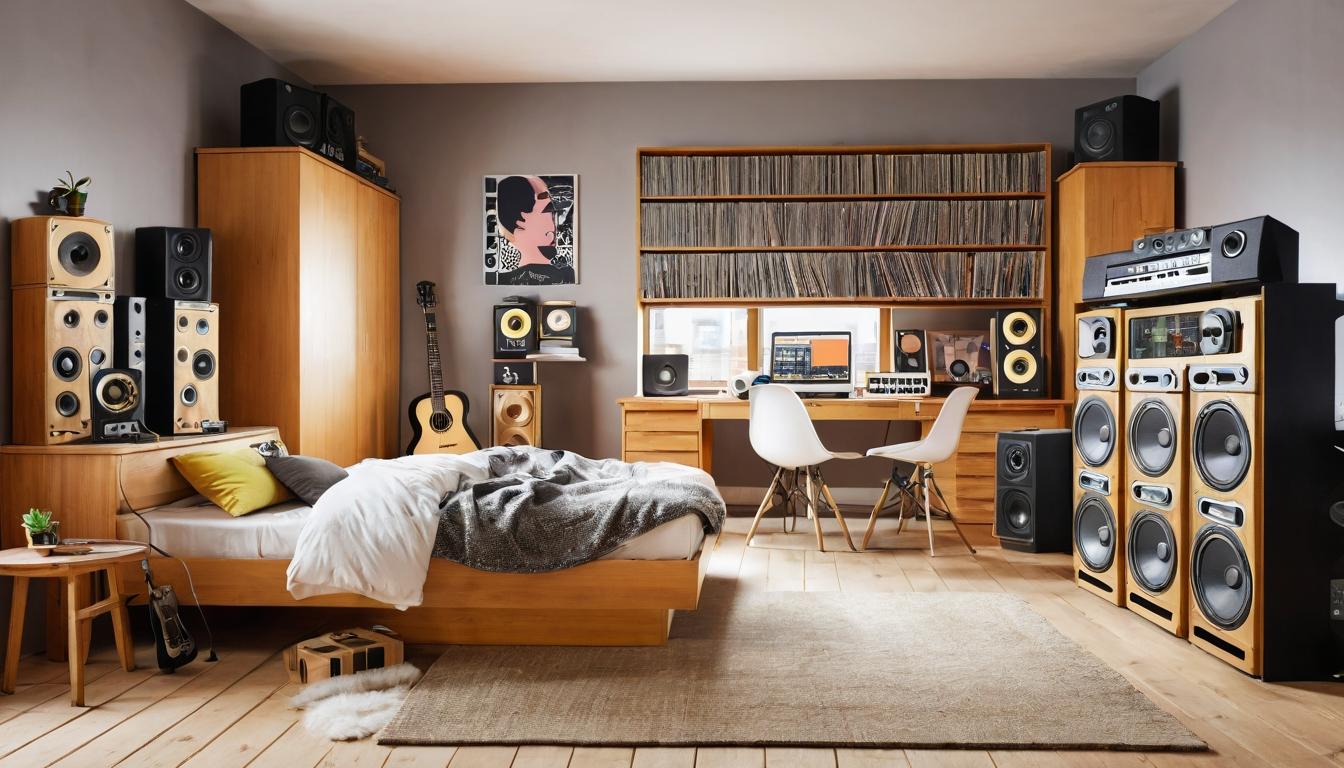In the dim glow of a laptop screen, somewhere in a Brooklyn apartment, a 19-year-old producer who goes by the name Void Syntax is crafting the kind of beat that would make Max Martin do a double take. There’s no major label A&R scouting her, no fancy studio time booked—just a cracked copy of FL Studio, a MIDI keyboard, and an intuition for what makes a hook stick. Six months ago, one of her instrumentals found its way to an emerging pop artist in Seoul through a TikTok algorithm glitch. That track now has 40 million streams on Spotify alone.
This isn’t an isolated story. Across music hubs from London to Lagos, a new generation of creators is bypassing traditional industry gatekeepers entirely. They’re not waiting for validation—they’re building audiences in Discord servers, selling beats on BeatStars, and going viral before anyone in a suit even knows their name. The tools of production have democratized at a staggering pace; what once required a million-dollar studio can now be achieved with a subscription and a decent pair of headphones.
But it’s not just about accessibility—it’s about aesthetic rebellion. The 'bedroom pop' sound, once a niche descriptor for lo-fi indie acts, has bled into the mainstream with alarming speed. Listen to the production on recent hits from artists like PinkPantheress or Steve Lacy: the imperfections are intentional, the intimacy manufactured yet convincing. There’s a texture to these records—a slight distortion, a vocal take that feels like it was recorded in one go—that signals authenticity to Gen Z listeners who’ve grown weary of over-polished corporate pop.
Labels have taken notice, of course, but they’re playing catch-up. Signing a viral bedroom artist is like trying to bottle lightning—the very act of commercial co-option can kill what made them special in the first place. Some, like Clairo, have navigated this transition with grace; others have faded into obscurity after signing deals that demanded they sound less like themselves and more like everything else on the radio.
The financial model is shifting, too. Sync placements in video games and TV shows often pay more than streaming ever will, and platforms like Bandcamp and Patreon allow artists to monetize directly without giving away most of their revenue. It’s a fragile ecosystem—one viral moment can fund six months of creative exploration, but the pressure to replicate that success is immense.
What’s emerging is a new kind of career artist: one who values creative control over fame, community over mass appeal. They might never play Madison Square Garden, but they’ll sell out three nights at a 500-capacity venue where every fan knows the words to the deep cuts. This isn’t a rejection of stardom so much as a redefinition of it—success measured in dedicated followers rather than chart positions.
Yet for all the optimism, challenges persist. Isolation is the dark side of DIY; without a team, burnout is common, and mental health struggles often go unaddressed. The same algorithms that grant visibility can also become creative prisons, pushing artists to make more of what already works instead of taking risks.
Still, the energy is undeniable. There’s a raw, unfiltered creativity flowing through these digital pipelines that the mainstream hasn’t seen since the early days of hip-hop mixtapes or punk zines. The next world-changing artist might not be in a studio right now—they’re probably in their bedroom, clicking upload.
The underground resurgence: how bedroom producers are quietly reshaping pop music

